Learn more about ‘Wisconsin Pride’ subject Lou Sullivan – read a Q&A with biographer Brice Smith
June 29, 2023 Leave a Comment
The all-new documentary, Wisconsin Pride is a groundbreaking collaboration between PBS Wisconsin and the Wisconsin Historical Society that reveals our state’s history in a more inclusive scope. This powerful two-hour documentary is available to watch at pbswisconsin.org/pride and on the free PBS App on all streaming devices.
One of the historical figures featured in Wisconsin Pride is Lou Sullivan, a pioneering transgender man and significant trans activist from Milwaukee.
Brice Smith holds a doctorate in history from the University of Wisconsin-Milwaukee and is the main source for our story about Sullivan, whose biography he authored. Like Sullivan, Smith is trans-masculine and his research was personally revelatory and rewarding.
PBS Wisconsin spoke with Smith about his involvement with the documentary and what other exciting projects he is involved in.
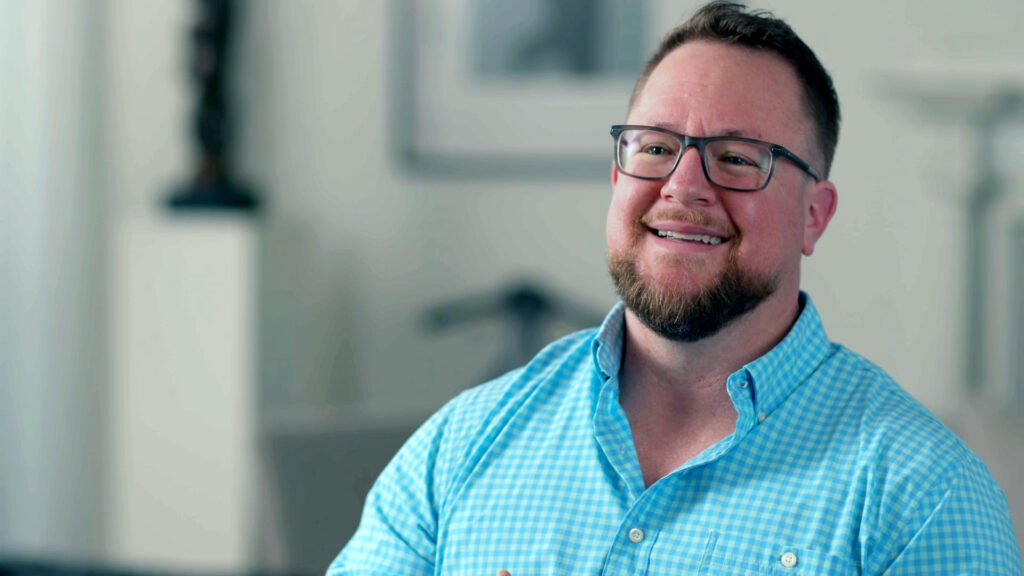
Biographer Brice Smith
PBS Wisconsin: Can you tell us a little bit about Lou Sullivan?
Smith: He was born in Wauwatosa, and eventually moved out to San Francisco, and it was during that time that he became a world renowned trans activist. But everything that he learned as an activist and also as a self taught scholar, he learned while here in Milwaukee, and during his involvement with The Gay Liberation Movement, particularly with The Gay People’s Union or GPU.
Sullivan was a phenomenal figure who helped to connect trans men all around the world. He helped educate medical professionals about trans people and about the relationship, or lack thereof, between gender identity and expression and sexual orientation.
He faced quite a bit of discrimination because he was not only trans but a gay man. Sullivan wanted to transition in order to be the gay man that he was, and it took awhile for the medical profession to come around and be willing to help him transition and help him embody his true identity.
PBS Wisconsin: What drew you to his story?
Smith: I was wrapping up my master’s program and I had been questioning my own gender identity, and I knew I wanted to research something on transgender history. And as I started researching transgender history, I realized it was a field that didn’t exist. I mean, trans people have always been around, but as a body of history, it wasn’t a field of study.
While I was looking for stories to help share, I kept coming across Sullivan’s name, and just how remarkable and significant he was. But despite all the work he had done as a historian himself to tell the stories of other trans men, he had never gotten around to actually publishing his own life story. That’s because tragically, Sullivan died just before he turned 40 from complications related to AIDS.
I became frustrated that I couldn’t find more information about him. And, I figured, “Well shoot, you know, if I want to read this biography so badly, and I’m frustrated that it doesn’t exist then I might as well write it myself.”
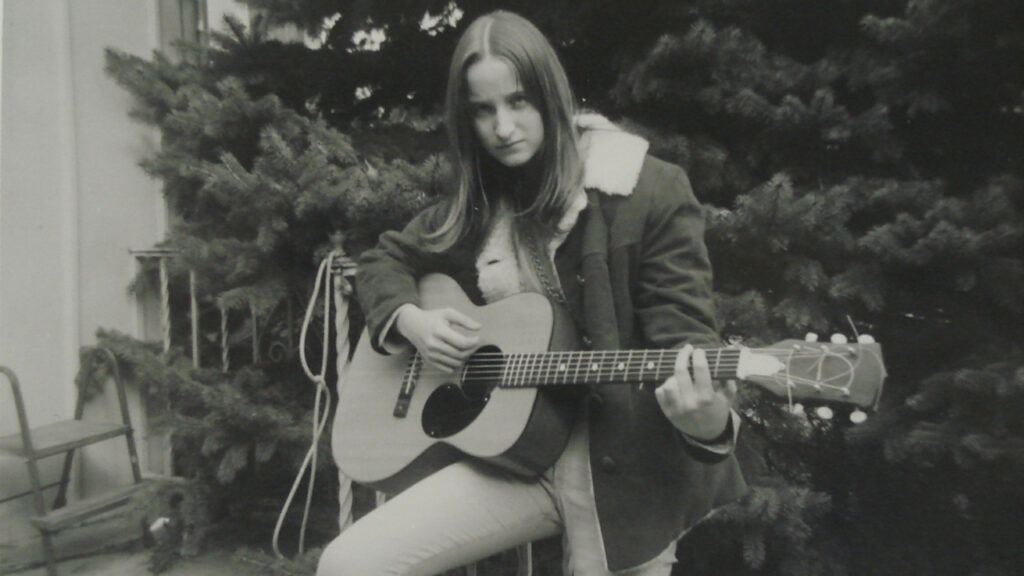
Lou Sullivan, courtesy of GLBT Historical Society
PBS Wisconsin: Did you have much archival material available to use for Sullivan’s biography?
Smith: Interestingly, Sullivan had tons of documentation. He had spent so many countless hours trying to find any record of anyone like him. He would just sit there in the library, going through page after page of old newspapers, for example. Any time he came across a story, he kept it, and he kept records throughout his life.
He also kept copies of all of his correspondences, not only the correspondence he received, but also his response as well.
Most importantly, from the age of 10 up until his death, he journaled regularly. And, it’s interesting to read how his journals change over time. At the beginning it’s very much the stuff that a kid writes about, “We went sledding, and my brother swallowed a penny.” And then there are periods of him really trying to understand who he was and navigating relationships in the world. Moving into the last stage of Sullivan’s life, especially once he received his AIDS diagnosis, there’s a self awareness of trying to record his life and everything that was happening in order to have this documentation for others in the future.
Sullivan was scared that he was going to die and that medical professionals would go back to denying that gay trans men could exist. He wanted to make sure that that would never happen.
So he basically documented his entire life. He was a founding member of the GLBT Historical Society out in San Francisco, and upon his death all these materials were bequeathed to that historical society.
PBS Wisconsin: When you researched his story, what’s something that surprised you about him?
Smith: I was surprised that he identified as he did, and consistently did, even though the whole world told him that he shouldn’t be able to exist as who he was. I didn’t know I was transgender until my early twenties. I tried very hard to be a girl, and all I knew is that I failed daily. I failed miserably, and it was so strange to have something that came so naturally to others be such a challenge for me. I didn’t have the language or understanding of who I was. I kept trying to do what I thought was right, and tried to be ultimately who I was not.
Not Sullivan. He knew so strongly who he was that when people said, “No, you can’t be trans,” instead of him, saying, “Maybe you’re right, I should just continue to move in the world as a straight woman,” he said, “No, you’re wrong. I know that I’m a gay man and I very much need this.” I cannot imagine being in his shoes.
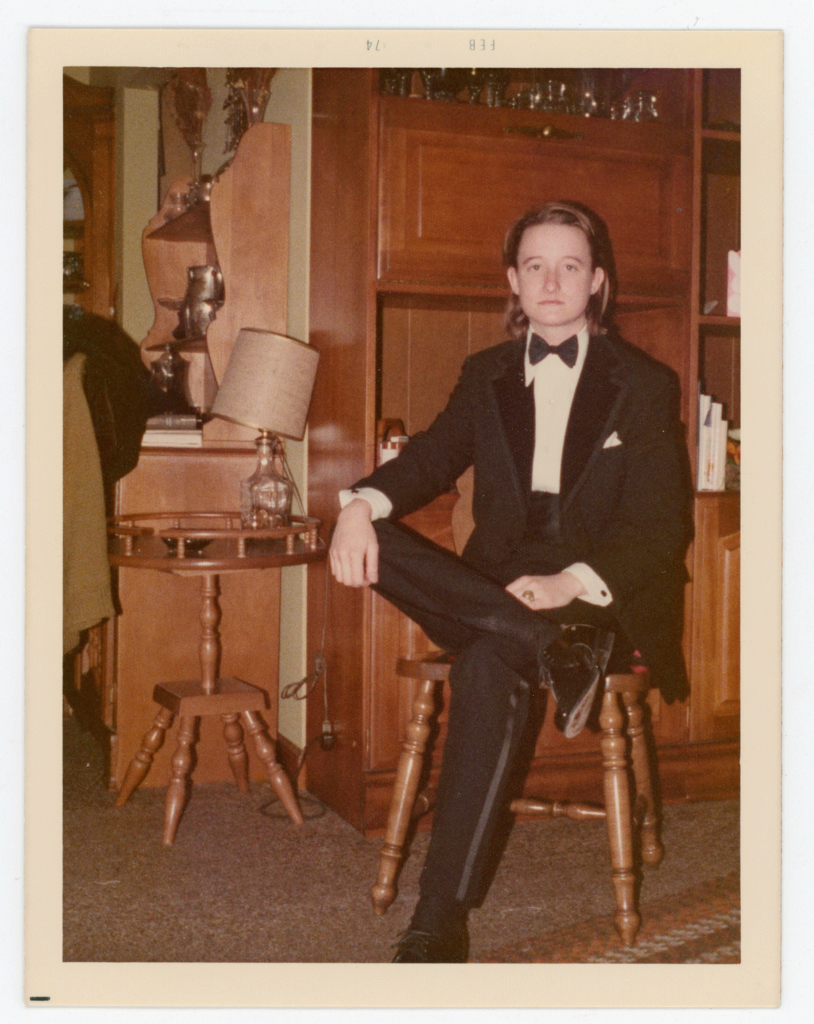
Lou Sullivan, courtesy of GLBT Historical Society
PBS Wisconsin: If we had more time in the documentary to dedicate to Sullivan, what would you want viewers to remember about him?
Smith: I’d like folks to know that first and foremost he was from Milwaukee, Wisconsin, and just how much that shaped him and his work in profound ways. Yes, he moved out to San Francisco, and they might claim him as their own. But, even when you move to places you can’t necessarily shake your roots and who they help you to become, and Sullivan always maintained ties back here, too.
I think there’s something really special both about Milwaukee and Wisconsin, and Midwesterners in general, in terms of how we move through the world and how we approach activism. I feel like we do it from a place of civic-mindedness acting more as neighbors. I like to joke that as Midwesterners we don’t demand our rights, we believe in working hard for them.
PBS Wisconsin: What does a project like Wisconsin Pride mean in your view to the LGBTQ+ community?
Smith: I think it’s fantastic. I love the breadth of the film in terms of time, geography and identities covered. While I was interviewed for the film, I was really impressed by how much advanced research had been done based on the types of questions they asked me. And I could tell they showed the same care with every person featured in the film. Another thing I love about the film is that the focus on individual stories helps viewers really connect with the history. And the contributors have so much personality!
I had the opportunity to watch the film during the screening at Milwaukee’s Oriental Theater, and it was incredible experiencing it as a community of LGBTQ+ people and allies. Afterwards, a friend of mine, who’s an LGBTQ+ ally, said the film made her really proud to be from Wisconsin. How remarkable that the film creates that sense of pride both within and beyond our LGBTQ+ community, and connects us all as Wisconsinites. Our state’s LGBTQ+ history is uniquely special, and the film brilliantly shows that.
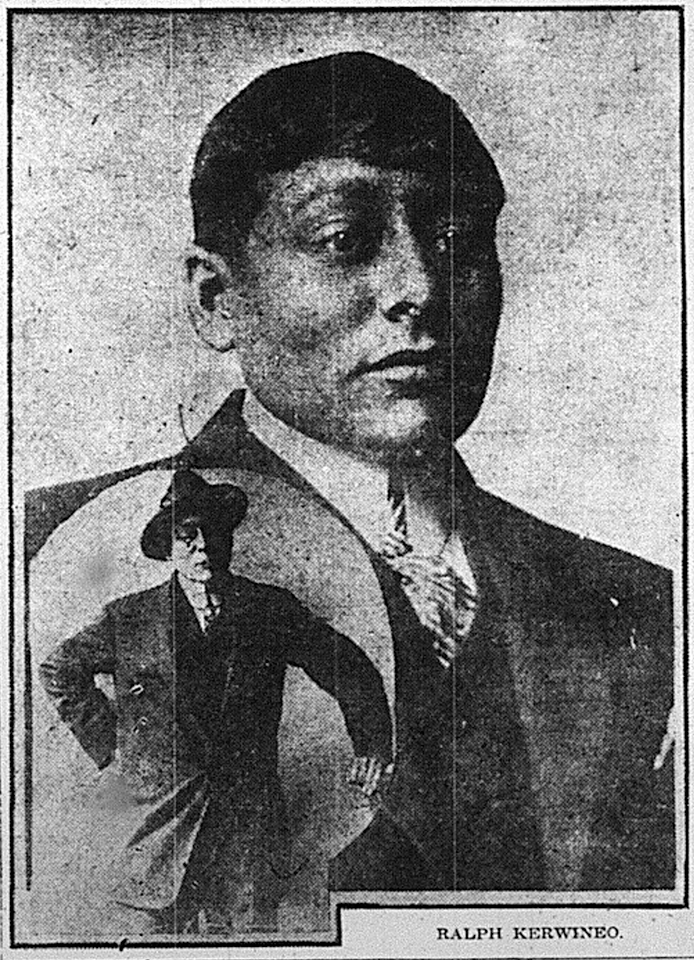
Ralph Kerwineo, source, Milwaukee Journal Sentinel
PBS Wisconsin: Can you talk a little bit more about what you’ve done to preserve local LGBTQ+ history and what it means for future generations?
Smith: Last year I recruited local LGBTQ+ talent to launch lgbt milWALKee, a free historic walking tour app. I came up with the idea for this app because I was aware of a lack of historical markers around the city — and the state — dedicated to LGBTQ+ history. Even though LGBTQ+ people have been here and played an important role in local history, you cannot see the mark that we’ve left on the cityscape.
With the app, folks can see and experience the history we have made throughout the city. You can visually see sites on a map of different places of historical significance and then hear stories about the people and the organizations that are significant to us as a community, and also more broadly as Milwaukeeans and as Wisconsinites.
We launched with 25 sites and just added four more to the app. Each site features a 2-3 minute video, or mini-documentary, that allows users to experience the stories in a compelling way. In some instances the place serves as the means to tell a story. In other instances the place itself is the story. If you are unable to go on one of our app’s walking tours, you can still enjoy learning about our history by watching the mini-documentaries.
PBS Wisconsin: Do you have any other projects in the works?
Smith: I’m also helping to launch House of History, a project devoted to Milwaukee’s Black LGBTQ+ history. In wanting to include Black spaces and stories on the app, it became apparent to me how little research had actually been done in that area — how little had been done to collect, share and celebrate the historical contributions of Black members of our community. And so I partnered with Janice Toy, who was a legendary drag performer, and just a remarkable woman and a wonderful leader, especially amongst Black women of trans experience. Janice helped me lead the charge with researching and community outreach. It’s been really exciting to do this meaningful work.
Another project that’s in the works is an LGBTQ+ park. Our hope is to help rehabilitate and restructure an existing park as a community, and to be able to make it a place where we can offer LGBTQ+ programming, public art and historical displays. It will also include a beer garden to make it self-sustaining and even create revenue for the city. Parks have been such a fascinating space in our history. They were one of the few public spaces where we might connect with each other, albeit in secret. But then we’ve also been heavily policed there.
So our wish to repurpose a park in this way that gives back to the city of Milwaukee is really exciting. To create a space where LGBTQ+ people know we will always be welcome, and that our lives can be out in the open and celebrated, and not just for one month of the year, and to be able to just offer a great space and programming that will also appeal to people outside of our community — that’s really special. And to my knowledge, if this project moves forward, the park would be the first of its kind.
PBS Wisconsin: Lastly, if viewers want to learn more about Sullivan’s story what resources do you recommend?
Smith: I recommend my biography, Lou Sullivan: Daring to be a Man Among Men — which will be coming out as an audiobook later this year. The narration was recorded by his successor, Jamison Green, and it’s been edited by an openly trans woman. I love the fact that it’s in an all-trans production.
Also, the GLBT Historical Society and the Digital Transgender Archive are both digitizing portions of Sullivan’s collection, making it more broadly available to people, which is wonderful.
Featured image of Lou Sullivan courtesy of Flame Sullivan
 Passport
Passport




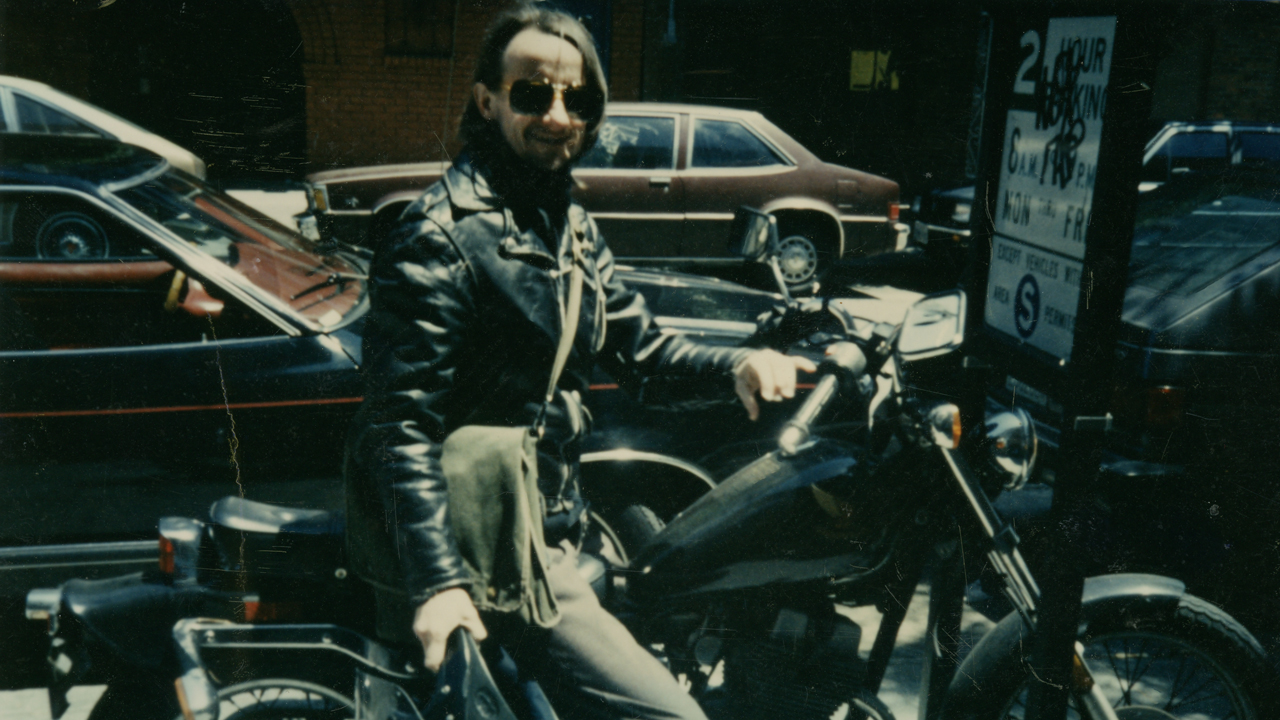

Follow Us